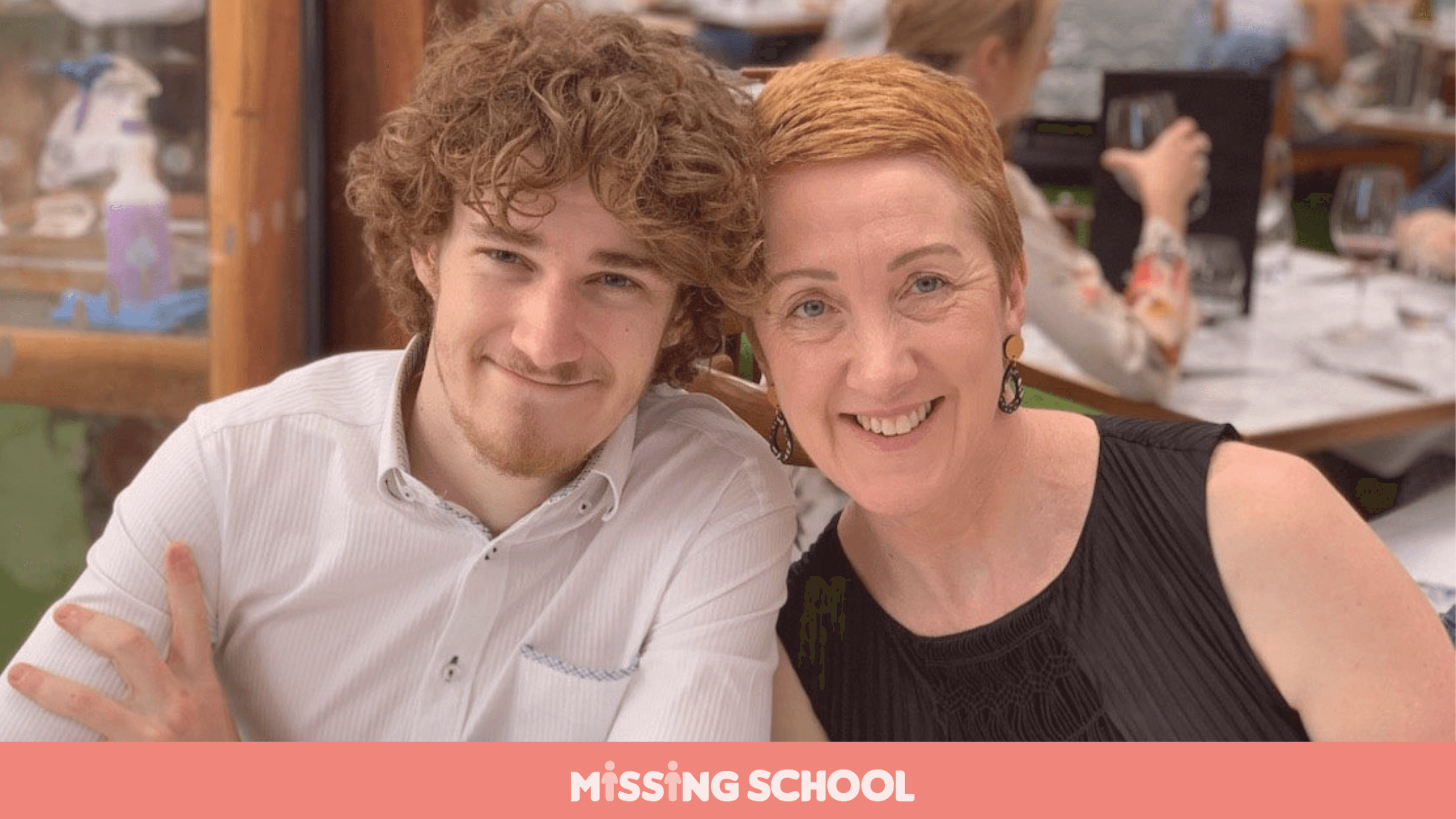In 2010, my son Darcy was diagnosed with three rare blood disorders, which suddenly plunged our family into a confusing world of tests, hospital wards, and life-threatening but ultimately life-saving treatments.
For 16 months, our entire family was forced to relocate from our home in north Canberra to Sydney Children’s Hospital. During that time, school was not a priority for us as our focus was entirely on keeping our son, our brother, our Darcy alive.
Since then, I’ve dedicated myself to solving school isolation for kids who are stuck at home, or in hospital, in a health crisis. Having had the time to reflect, I have come up with my top five lessons learned, which I’d like to share with other parents of sick kids.
I believe that sharing knowledge gives us the tools to navigate the school system as a team and improve it for all students and families. Knowledge sharing is how we win.
“In the context of real need, few people will withhold their knowledge.”
– Dave Snowden
5 Tips For Parents Of Sick Kids
Tip 1 – Don’t Underestimate the Importance of School
School isn’t only about academics but also about friendship, learning, and community. Seriously sick kids do not cease to be students just because they’re in hospital or stuck at home. Keeping them connected to their classrooms has numerous benefits for their academic, social, and emotional wellbeing, as well as their mental health. Sick kids can, and should have the opportunity to use technology to connect with their school to play, talk to their friends, or even just see and hear what’s going on.
Tip 2 – Learn to Speak “School”
The Disability Standards for Education (DSE) sets out the requirements for the inclusion of kids with disabilities, physical and health needs, to ensure they can participate in education similarly to their peers. However, it is not uncommon for schools to assume that they are not responsible for students who are out of school. If the school is unresponsive, asking a question such as “What documents are required to activate Disability Standards adjustments for [child], including assistive technology for school access?” can help the school to link the student’s situation to the DSE and identify a clear path of action.
Tip 3 – Get an Individual Learning Plan (ILP)
An Individual Education Plan (IEP) or Individual Learning Plan (ILP), is a customised set of adjustments, goals, and strategies designed to help a student reach their full potential, regardless of their situation. ILPs are essential for implementing the Disability Standards to a clear pathway of support your child. Without a plan, sick students may be expected to perform the same activities as the rest of the class, even though they may be experiencing the symptoms of their illness or side effects of treatment.
Tip 4 – Make Returning to School Easier
Transitioning back to school after a prolonged illness or routinely transitioning in from treatment/recovery/rest can be extremely challenging. Children with chronic illnesses are bullied more frequently, and many children, especially high achievers, struggle to adjust their expectations. In many ways, they are more mature than their peers, but their development has also been interrupted. While they may have little tolerance for trivial playground conflicts, they might not know how to communicate complex feelings. The day-to-day struggle is real, can be hard, and may be frightening. It is important to help sick kids navigate the particular complexity they experience.
Tip 5 – Set Realistic Expectations For Transitions
Having missed so much school, the reality of what sick kids can no longer do, and what they feel they ‘should’ be capable of doing, can become overwhelming. It is crucial for teachers to make adjustments for these students and support them in crossing this hurdle. If your child is facing a similar situation, you might say “It’s okay if you can’t do what you used to do right away. Getting back to school is a huge achievement, and we’re proud of you.” For parents, too, taking one step at a time, goes a long way.
I hope that these tips will prove helpful. Our Helpline is open, so please call the number below to explore support.
Our connection to our community is vital, and it would be impossible for us to stay the course without your incredible support.
There are many ways to help:
- follow along and cheer us on Facebook, Instagram, and LinkedIn
- share this newsletter with your family, friends, or colleagues so we can reach more sick kids, and
- donate towards getting a seriously sick child back into their classroom.
Every action moves us closer to the finish line: a world where every sick child is seen and heard.
Let’s keep connecting.
